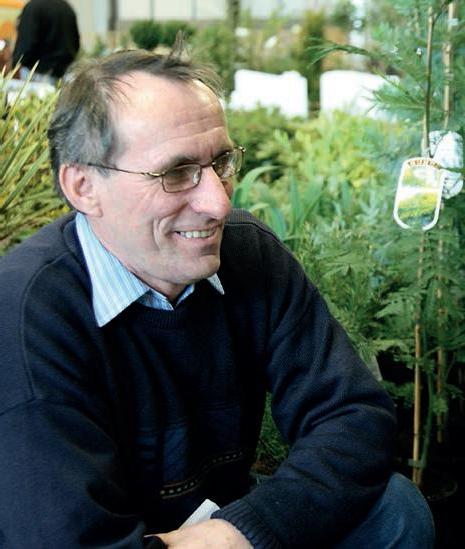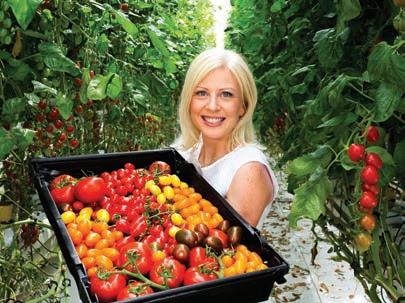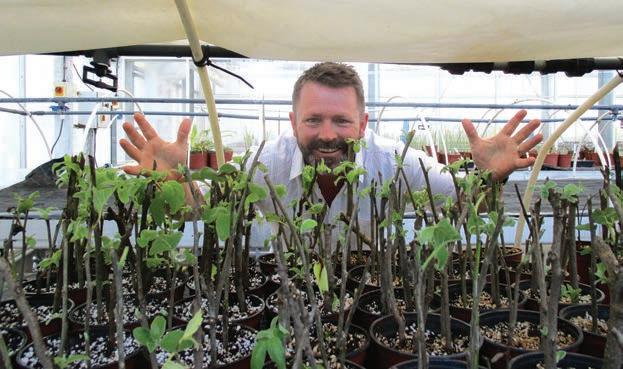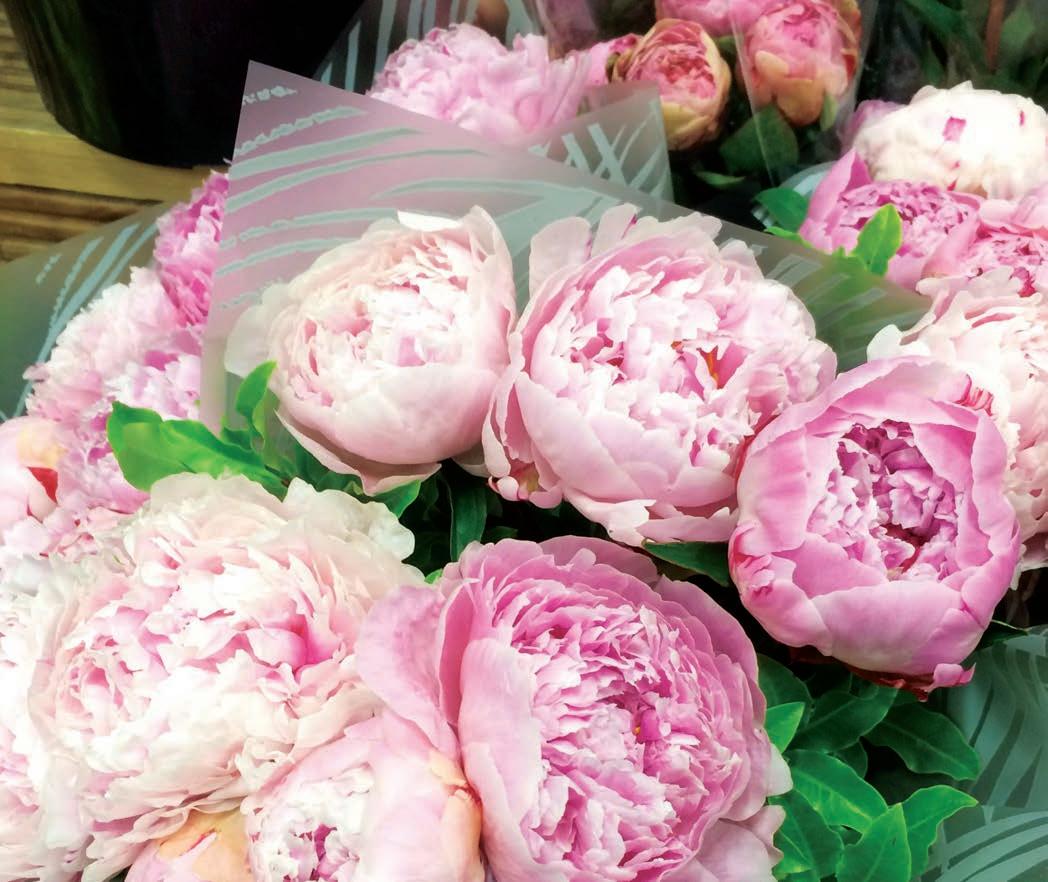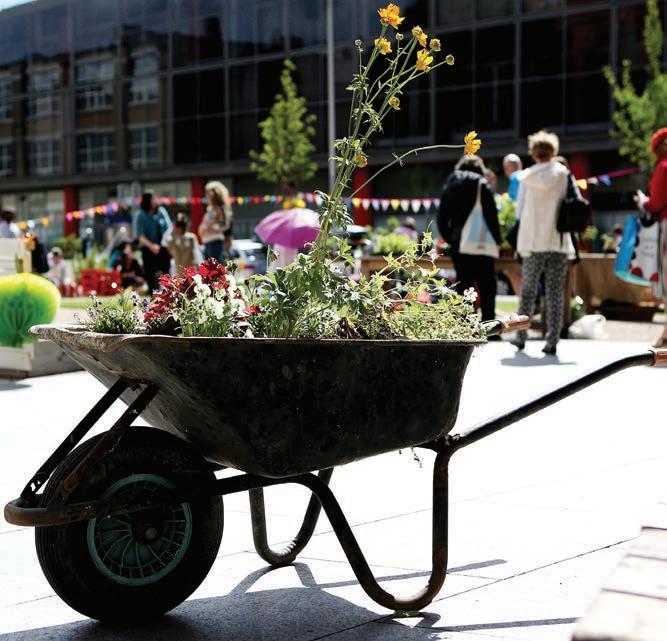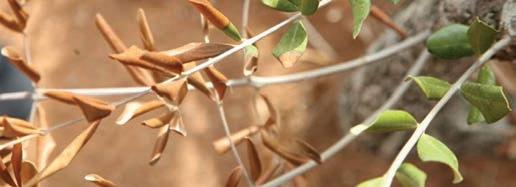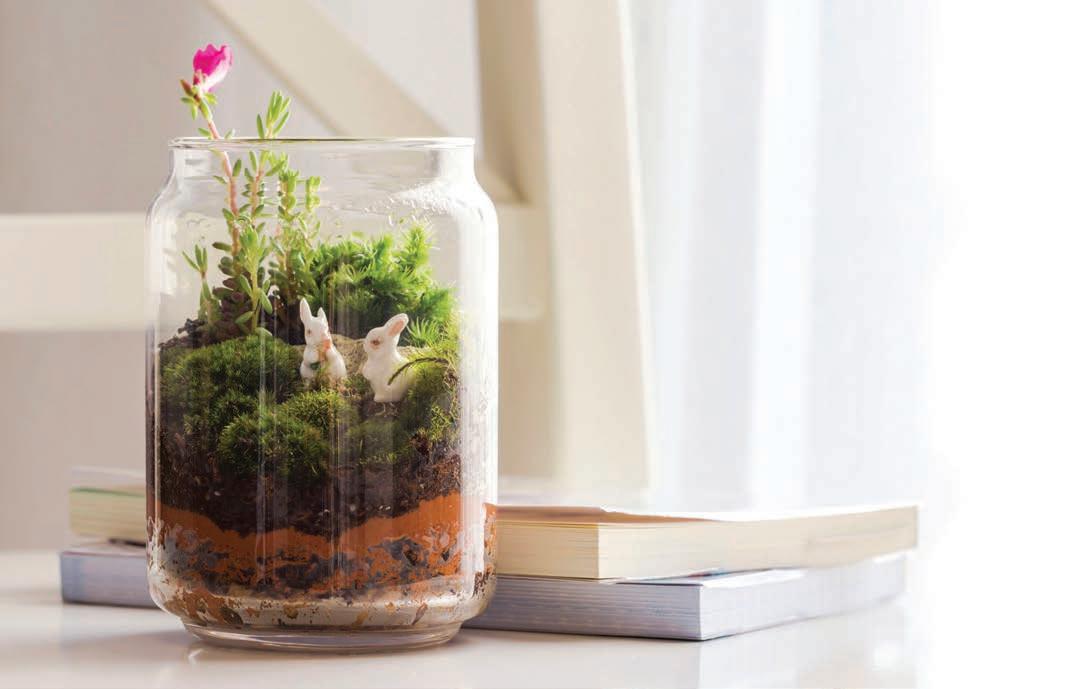PEONIES MIGHT MAKE THE CUT
RESEARCH / 10
Andy Whelton explores the potential for peonies for the cut flower sector emerging from current applied research work being undertaken on the crop at Kildalton College
T
here continues to be a growing demand for Irish sourced cut flowers by both the supermarket trade and high street florists as alluded to by florist Ruth Monahan in the summer 2017 edition of Horticulture Connected. In response to this increased appetite, Teagasc has been conducting trials at Kildalton College, County Kilkenny over the past few years. Peony cultivars being screened in a trial planted in 2014 are now showing promise as a potential cut flower crop in Ireland. The herbaceous peonies are the most useful for cutting and have increased in popularity in recent years owing to their hardiness, large size, colour and fragrance of flowers. They are a long term crop and once planted they do not like to be disturbed. They can crop for up to 15-20 years. While the primary aim of the Kildalton trial is to evaluate a range of cultivars in terms of flowering date and stem yield,
28
information on other key agronomy aspects of production is also being gathered. Peonies require a sheltered site from prevailing winds. While a south facing aspect is desirable, it is not essential. The south east of Ireland appears to be a very suitable production area due to the somewhat drier climate and good, free draining, deep mineral soils, which they enjoy. However, they will tolerate a wide array of soil Ph with the ideal range between 6.0 to 7.0. Source of plant material is crucial to success and rootstock is available from specialist producers in Holland. The crop is generally planted on single ridges, not too dissimilar to potato ridges. They can also be planted on beds. In the Kildalton plot 18’’ (45 cm) ridges are adopted and crowns are spaced to give a plant density of 1.5 plants per square meter. Closer spacing can affect longevity and quality. Planting is normally carried out in late autumn to allow good root establishment before the winter. It is important to not set them too deep (30-35mm of soil over the crowns is sufficient). It is critically important to keep plantations free of weeds. The site should be first cleared of perennial weeds by spraying off. Residual herbicides such as Stomp Aqua and Butisan S have label recommendation. A soil test is necessary to accurately determine rates of phosphorus and potash. A balanced compound should be
HORTICULTURECONNECTED / www.horticulture.ie / Winter 2017


